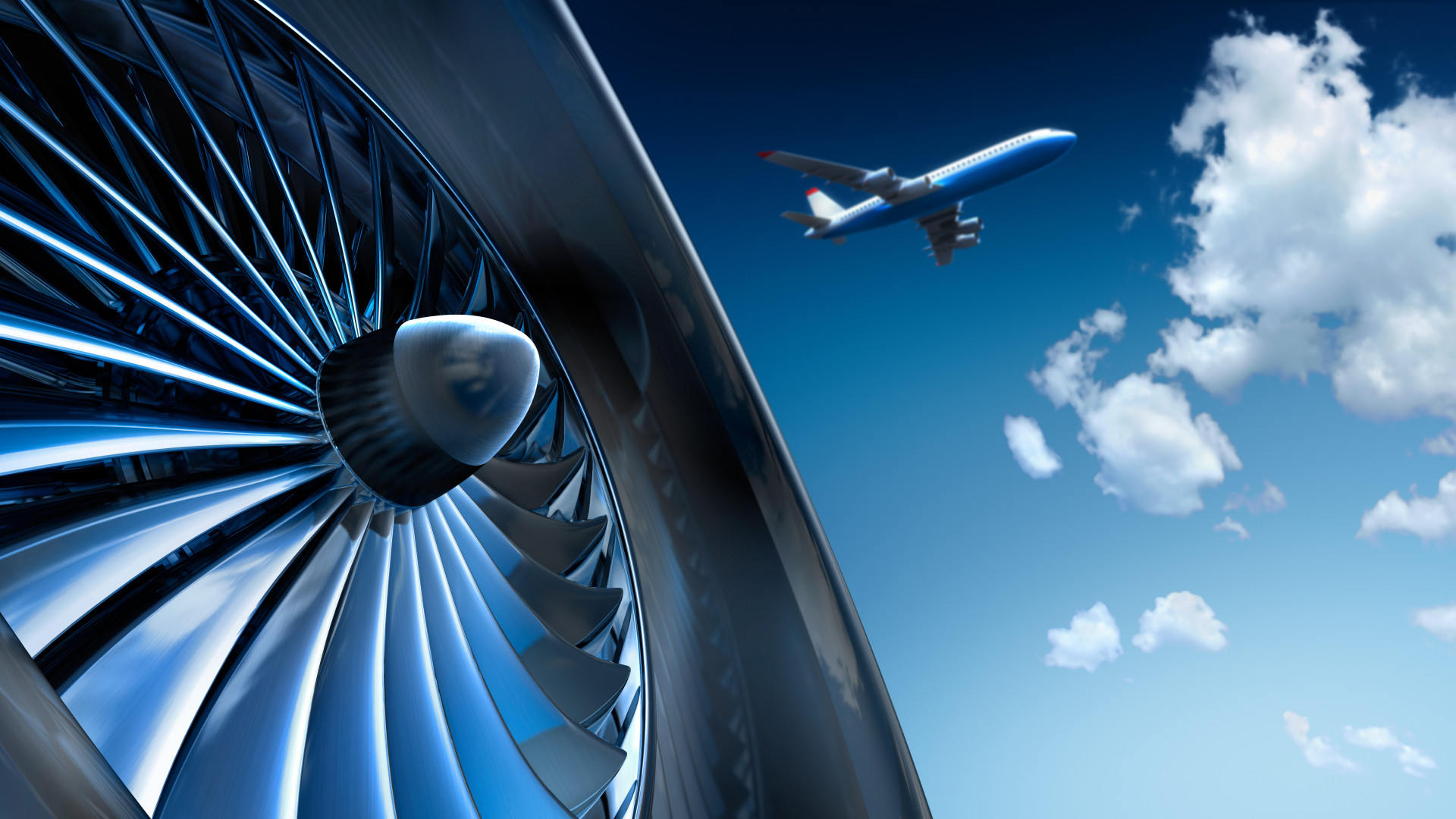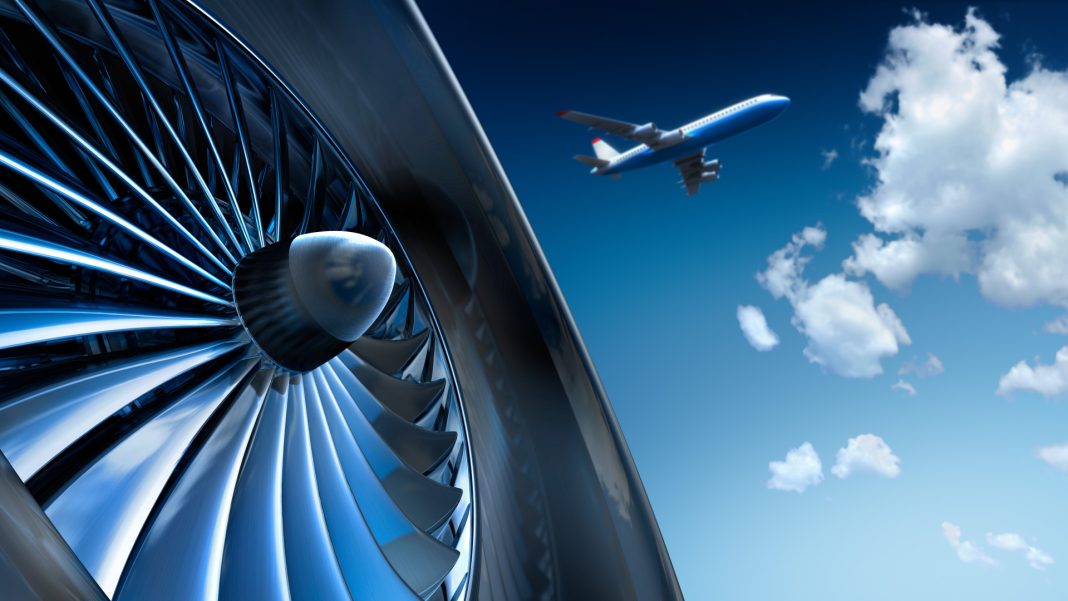
The U.S. passenger airline industry has experienced a significant hiring spree since 2021, adding nearly 194,000 jobs, according to the U.S. Department of Transportation. However, the industry is now facing a slowdown in hiring due to various challenges. One of the main factors contributing to this slowdown is the glut of flights in the U.S., which has led to a decrease in fares and reduced profits for airlines. Additionally, delays in aircraft deliveries from Boeing and Airbus have forced airlines to reevaluate their expansion plans. The shortage of engines has further complicated matters, with some carriers choosing to defer airplane deliveries altogether.
Another significant factor affecting hiring in the airline industry is the increase in labor costs. Pilots and mechanics have negotiated new contracts with substantial raises, resulting in higher wages. For example, the average annual pay for a three-year first officer on mid-sized equipment at U.S. airlines increased from $135,896 in 2019 to $170,586 in March 2022. These rising labor costs have contributed to a double-digit percentage increase in overall costs for U.S. carriers since 2019.
Low-cost airlines have been particularly affected by these cost increases. Southwest Airlines’ costs are expected to rise by 32%, JetBlue Airways’ costs by nearly 35%, and Spirit Airlines’ costs by almost 39% since 2019. These figures, adjusted for flight length, highlight the financial challenges faced by low-cost carriers.
As a result of these challenges, airlines have started to ease their hiring efforts or find alternative ways to cut costs. Spirit Airlines, for example, recently furloughed 186 pilots due to mounting losses. Frontier Airlines plans to offer voluntary leaves of absence in September and October to align its staffing levels with reduced demand during those months. Southwest Airlines has halted hiring classes for pilots and flight attendants and expects to end the year with 2,000 fewer employees compared to 2021. United Airlines, after pausing pilot hiring in May and June, plans to hire 10,000 people this year, down from 15,000 in previous years.
The airline industry’s shift in hiring practices marks a departure from the years when airlines struggled to hire employees quickly enough. In the wake of record losses in 2020, airlines had to shed tens of thousands of employees. While federal aid packages prohibited layoffs, many employees accepted buyouts and voluntary leaves. However, the rapid rebound in travel demand caught airlines off guard, leading to a shortage of experienced employees, particularly customer service agents and pilots.
To attract pilots during the shortage, companies, especially regional carriers, offered significant bonuses. However, the demand for pilots has since decreased, even among air freight giants like FedEx and UPS, who are now looking to cut costs.
Despite the current hiring slowdown, the demand for air travel remains strong. Students continue to enroll in flight training programs to become pilots, suggesting that the industry may not experience a long-term slowdown. Ken Byrnes, chairman of the flight department at Embry-Riddle Aeronautical University, emphasizes that the demand for travel is still present and expects a continuation of pilot training and hiring.
In conclusion, the U.S. passenger airline industry’s hiring spree has slowed down due to various challenges, including a glut of flights, delays in aircraft deliveries, engine shortages, rising labor costs, and overall cost increases. Airlines are now easing their hiring efforts or finding alternative ways to cut costs. Despite the current slowdown, the demand for air travel remains strong, and flight training programs continue to attract students. The industry may experience fluctuations in hiring, but the long-term outlook for the airline industry remains positive.

